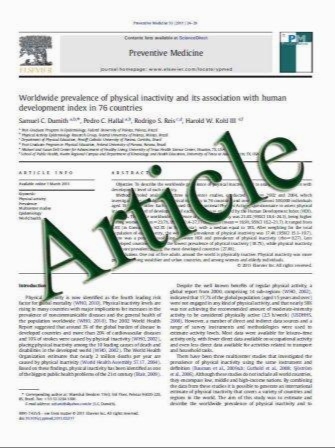Musashi1 and Hairy and Enhancer of Split 1 High Expression Cells Derived from Embryonic Stem Cells Enhance the Repair of Small-Intestinal Injury in the Mouse
- نوع فایل : کتاب
- زبان : انگلیسی
- مؤلف : Tao Yu Shao-Yang Lan Bin Wu Qiu-Hui Pan Liu Shi Kai-Hong Huang Ying Lin Qi-Kui Chen
- چاپ و سال / کشور: 2011
Description
Background Embryonic stem cells have great plasticity. In this study, we repaired impaired small intestine by transplanting putative intestinal epithelial stem cells (Musashi1 and hairy and enhancer of split 1 high expression cells) derived from embryonic stem cells. Methods The differentiation of definitive endoderm in embryoid bodies, derived from male ES-E14TG2a cells by the hanging-drop method, was monitored to define a time point for maximal induction of putative intestinal epithelial stem cells by epidermal growth factor. Furthermore, to evaluate the regenerative potential of intestinal epithelium, these putative stem cells were engrafted into NOD/SCID mice and female mice with enteritis. Donor cells were located by SRY DNA in situ hybridization. Results The results revealed that definitive endodermal markers were highly expressed in 5-day embryoid bodies. These embryoid body cells were induced into putative intestinal epithelial stem cells on the 5th day of epidermal growth factor administration. Grafts from these cells consisted of adenoid structures and nonspecific structural cells with strong expression of small-intestinal epithelial cell markers. In situ hybridization revealed that the donor cells could specifically locate in damaged intestinal epithelium, contribute to epithelial structures, and enhance regeneration. Conclusions In conclusion, the Musashi1 and hairy and enhancer of split 1 high expression cells, derived from mouse embryonic stem cells, locate predominantly in impaired small-intestinal epithelium after transplantation and contribute to epithelial regeneration.
Dig Dis Sci (2011) 56:1354–1368 DOI 10.1007/s10620-010-1441-9 Received: 3 April 2010 / Accepted: 19 September 2010 / Published online: 8 January 2011


